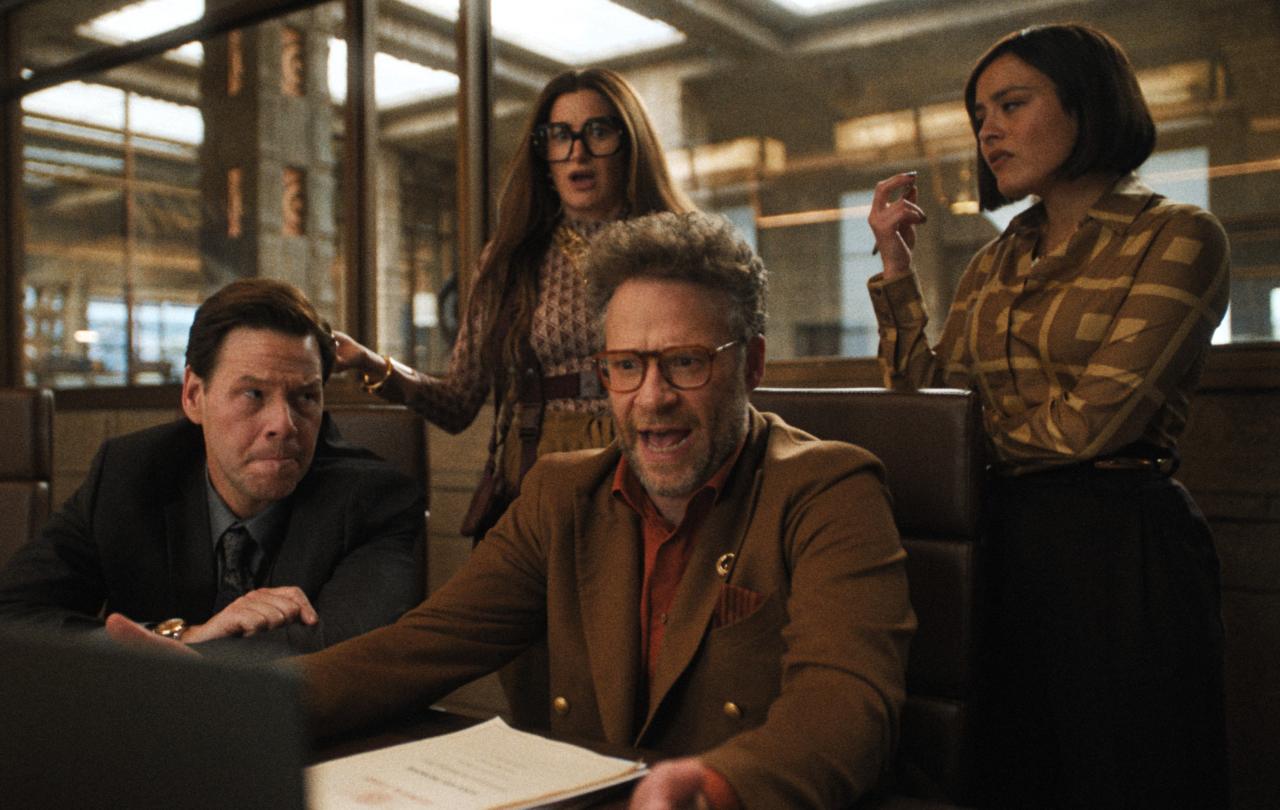
The Bondsman looks like the kind of story we’ve seen many times before, but look closer and you’ll see some fascinating insights.
The show dropped on Amazon Prime last Thursday, starring Kevin Bacon as murdered bounty hunter Hub Halloran, who is resurrected by the Devil to hunt demons that have escaped from the prison of Hell. Hub learns how his own sins got his soul condemned, which pushes him to seek a second chance at life, love, and bizarrely enough, country music.
After being murdered in an all-too visual pre-credits sequence, Hub is resurrected, and after seeing some supernatural horrors he can’t explain, Hub is quickly sent chasing down those demons with the help (and often hinderance) of his mother played by Beth Grant. They receive instructions on which demons to capture via fax. The demons are suitably unsettling, with their red pinprick-of-light eyes and gravity defying leaps. As scary as they are, they are also helpful enough to get themselves killed with conventional weapons and burst into flames as soon as they die, saving Hub the inconvenience of having to dispose of the bodies.
In the first few episodes, it would be easy to dismiss The Bondsman as schlocky genre fiction. Kevin Bacon easily leans into the laconic, foul-mouthed cynic, more comfortable with ultra-violence than discussing his emotions. The Southern Gothic is an aesthetic we’ve seen in more Amazon Prime shows than we care to remember at this point, and the gore is at the level you would expect from horror experts; Blumhouse, and the setting of rural Georgia, is reminiscent of The Walking Dead. You could be forgiven for leaving this show at the pilot and not returning to it. But if you can make it through the formulaic first few episodes (which are mercifully short, 35 minutes at the longest) your patience is likely to be rewarded.
For any viewers familiar with Angel or Constantine, the idea of a hero who fights evil but is still damned to hell for their past actions, is well worn territory. But if we look at Hub’s ‘co-ordinator’ Midge (Jolene Purdy) we get a small insight into the banality of evil. Midge is coerced into selling her soul to the devil in order to save her dying infant son. This highlights how often people are drawn into corruption because they were forced to pick the lesser of two impossible evils. As Midge’s own ‘co-ordinator’ tells her: “The fastest path to hell: selling your soul to help someone you love”. Midge’s son is ‘miraculously’ healed, so long as she continues to meet her quota of convincing people to sell their souls. It seems the devil has a better health plan than corporate America.
Those subtle jabs at corporate America make the show quietly subversive. The devil’s minions here appear as the ‘Pot O’ Gold’ company, a slimy operation that preys on the weak and perpetuates misery in order to benefit a faceless boss. What’s interesting is how ‘literal evil’ fits so easily into the model of a capitalist corporation. Whilst many US politicians may decry the evils of socialism, it seems that as far as evil in America in The Bondsman is concerned, the call is coming from inside the house.
It's true that God is largely absent from this story. In the same way that competent, protective parents are absent from children’s novels. If he was present, that would undercut a lot of the narrative tension. Despite this, it’s interesting how even in a world where characters reference and believe in the existence of God, virtually none of the characters think to pray or ask for his help. It brings to mind the C.S. Lewis quote about how “the doors of hell are locked on the inside".
This might possibly be the show’s greatest contribution. What we can see from The Bondsman is God in the inverse, a negative image. Instead of the hope of an eternal life, they’re faced with the numbing despair of lasting torment. Hub and Midge are sent out on missions by a faceless, uncaring ‘boss’ rather than a loving intimate father, forced into being corporate co-workers rather than found family. Once it moves past the adolescent gore-for-gore’s sake of the first few episodes, it seems The Bondsman might have a fantasy world worth exploring.
Celebrate our 2nd birthday!
Since March 2023, our readers have enjoyed over 1,000 articles. All for free. This is made possible through the generosity of our amazing community of supporters.
If you enjoy Seen & Unseen, would you consider making a gift towards our work?
Do so by joining Behind The Seen. Alongside other benefits, you’ll receive an extra fortnightly email from me sharing my reading and reflections on the ideas that are shaping our times.
Graham Tomlin
Editor-in-Chief





